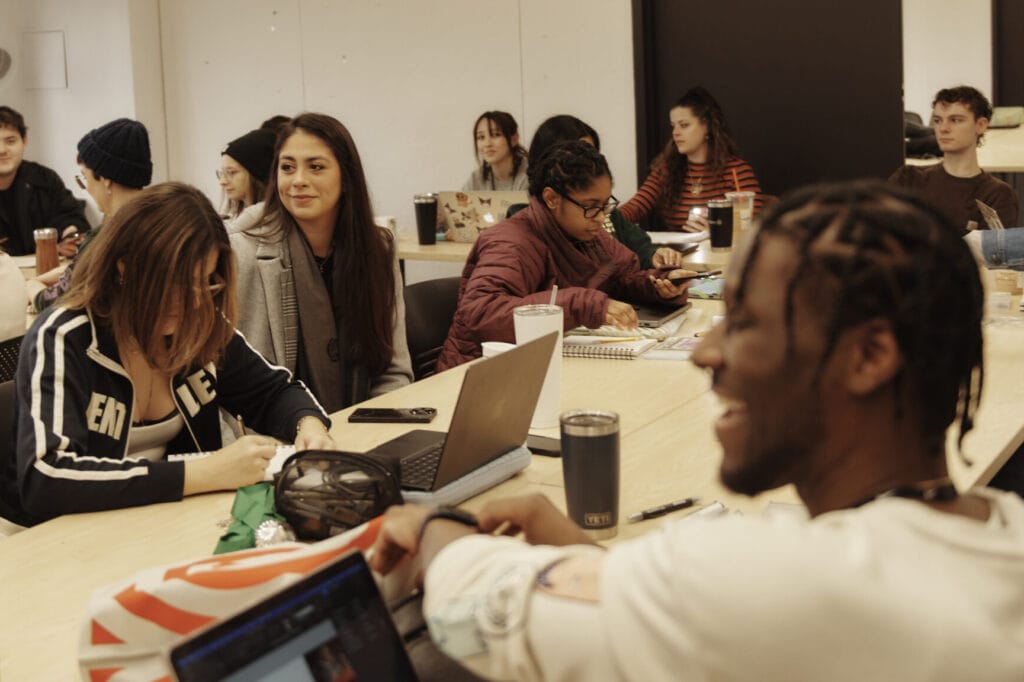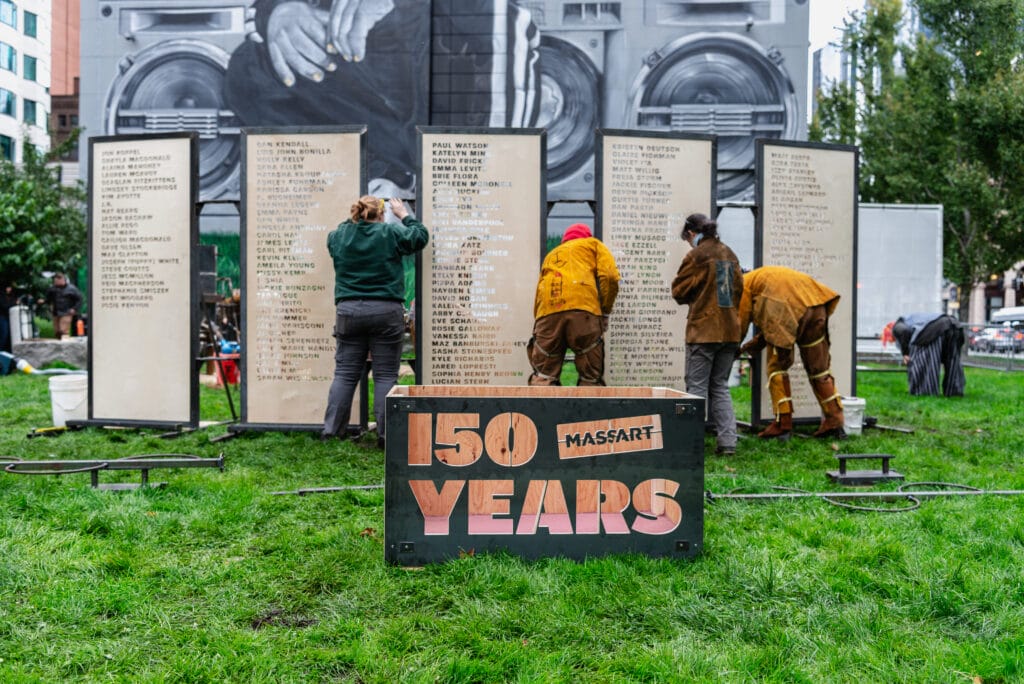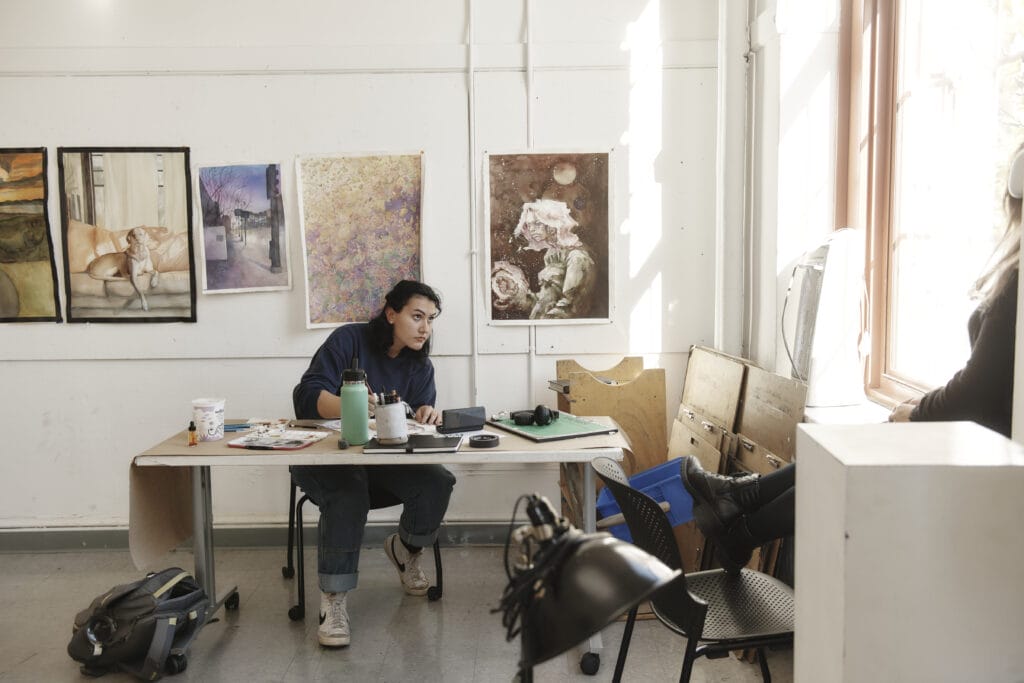Stories
Our students, faculty, and alumni are out in the world doing great things every day.
Support Food Security and Student Success at MassArt
Emily Blair, Sculpture and History of Art ‘26, found her creative home at MassArt, where the facilities are unlike anywhere else.
View story
Sculpture
View story
Loui Berke
View storyGideon Holdgate
View storyKelly Sherman
View storySophia DiLibero
View storyAbby Fazzone
View storyMad Beaubien
View storyLuke Davies
View storyChristy Chow
View story
Information for









